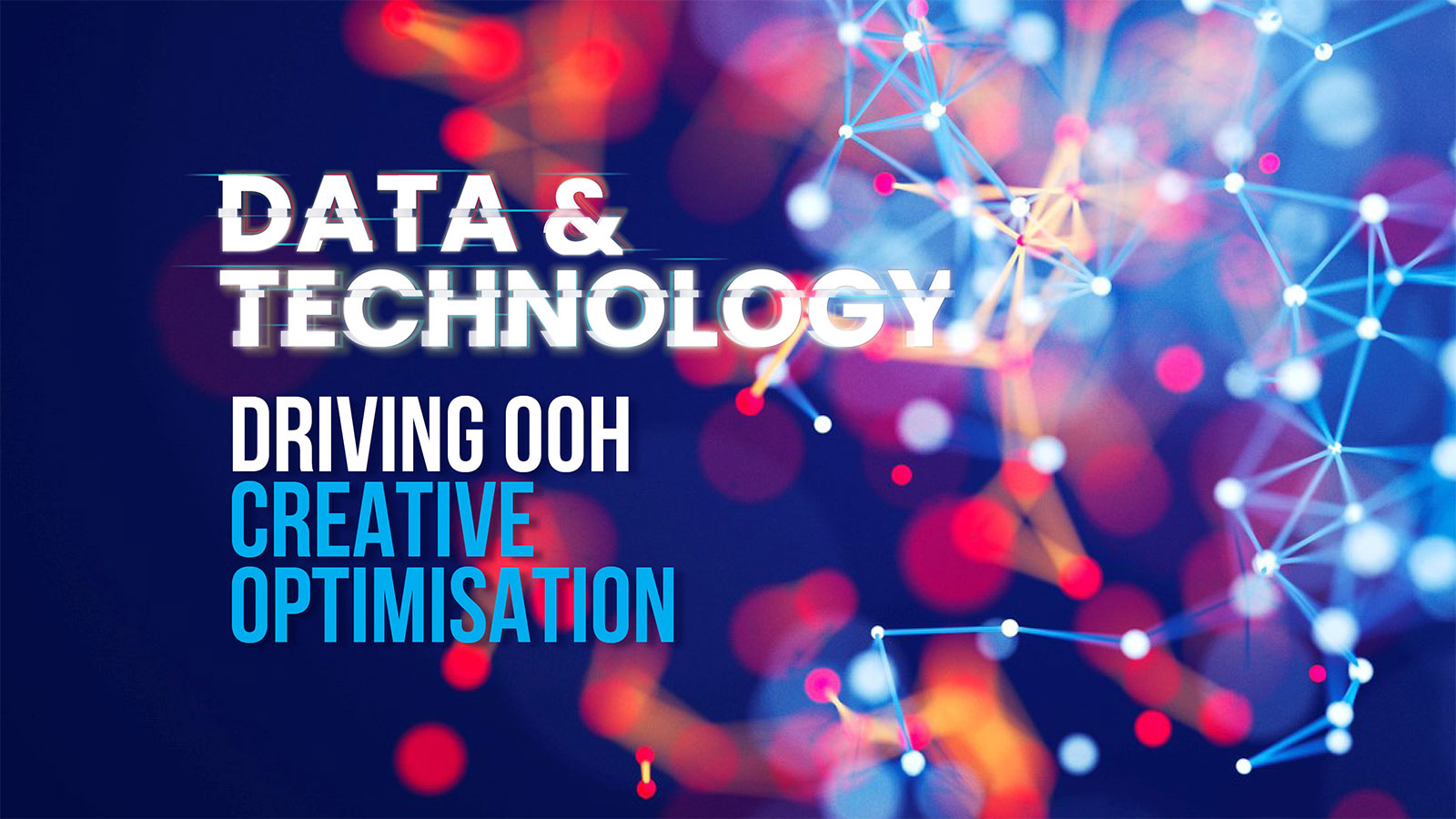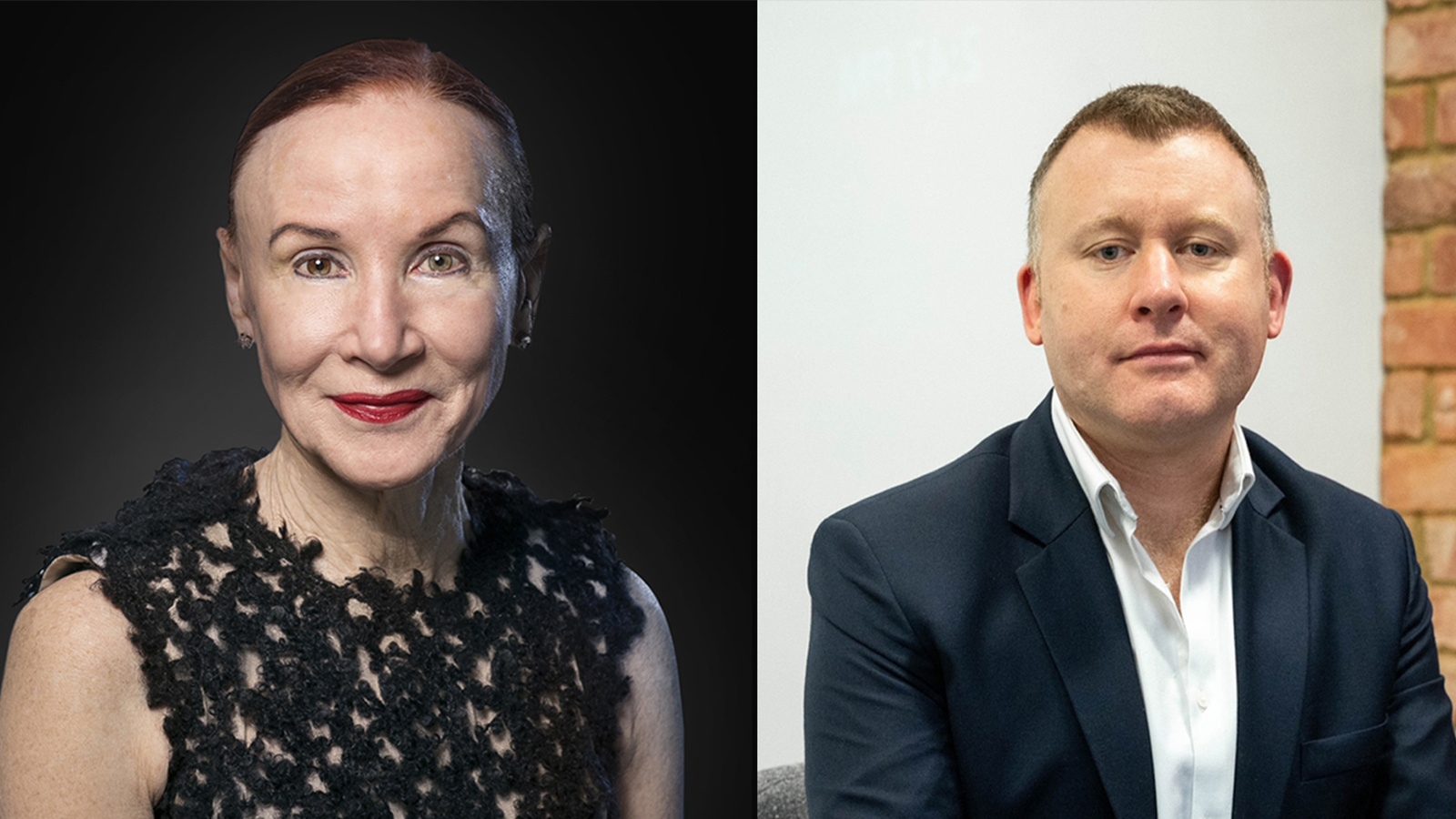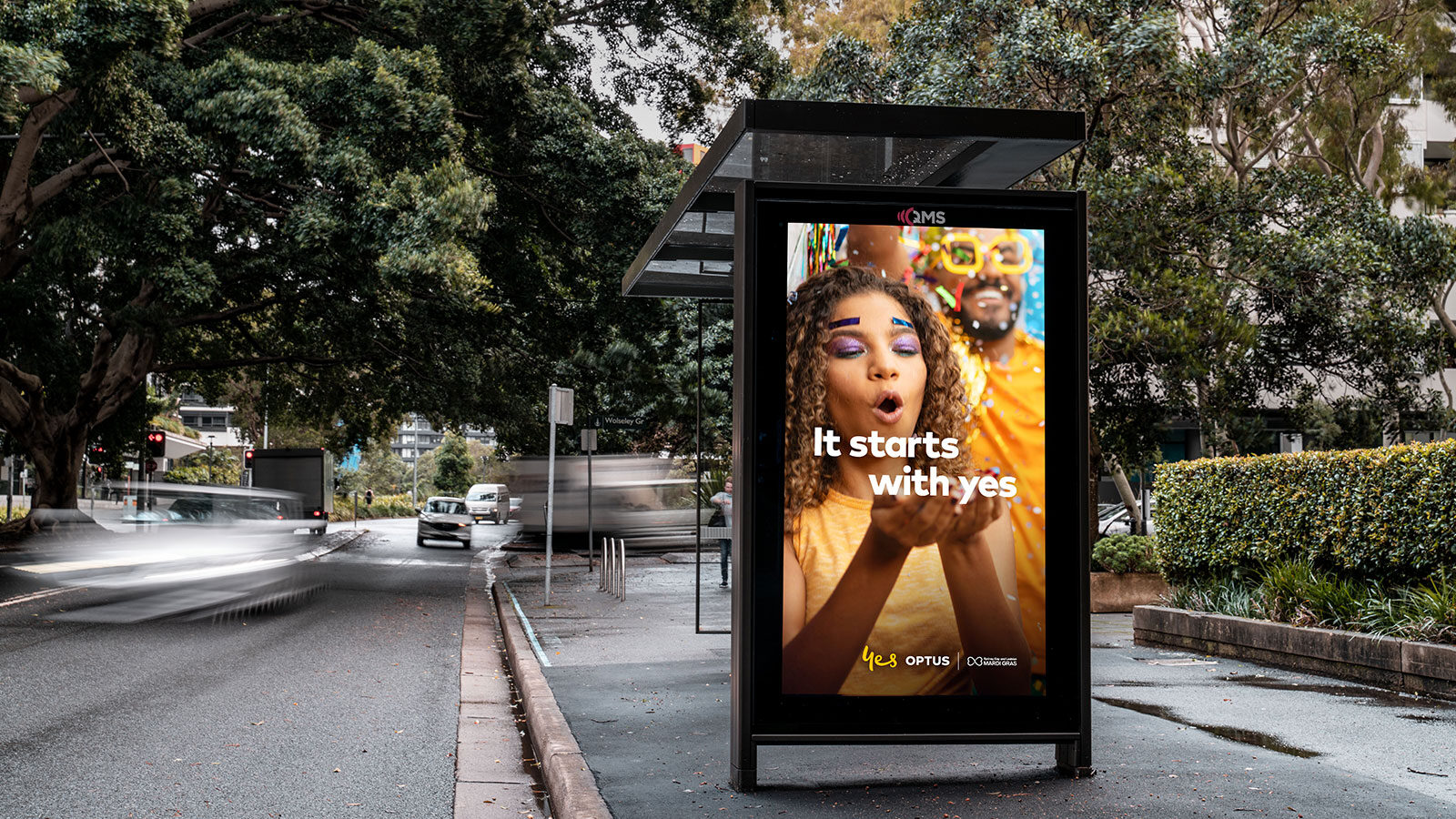From Digital OOH to 'OOH Digital’: How to unlock the creative advantage
At Mumbrella360:Reconnected, a panel of experts across brand, media and creative were tasked with unpacking the roadblocks that are preventing us seeing consistently great creative on digital out-of-home (DOOH). QMS chief marketing officer Sara Lappage discusses why she thinks they nailed it.
DOOH and the continual evolution of data and technology have changed so rapidly over the last five years, it is no surprise to learn that the level of education and understanding of the creative capabilities of the medium has struggled to keep pace. Education around what the technology can do seems to be well understood by most media agencies and advertisers, but not sufficiently by the ones actually producing the ideas – the creatives themselves.
So that old adage of ‘you don’t know what you don’t know’ highlights a current and significant flaw in the process. If creatives do not know what DOOH is or what it does, then how can they push the boundaries and create brilliant campaigns? Pushing boundaries is what creatives love to do, after all.
Without a contextual understanding of DOOH and how it could be used, it is hardly surprising that creatives are not initiating ideas or opportunities for using the medium as part of a creative solution. It also means that when the creative brief includes DOOH, they fall back to a more traditional view of what that OOH should look like.
So maybe we are approaching it all wrong?
Reframing the conversation
As Julian Schreiber, partner and chief creative officer at Special Group, explained so perfectly during the panel:
DOOH is seen as a digital version of OOH, versus an outdoor version of Digital; and that is the paradigm shift. We need to put the ‘digital’ as the starting point and not the ‘outdoor’.
- Julian Schreiber - Partner & Chief Creative Officer, Special Group
And that makes so much sense. If DOOH is currently thought of as simply an enhanced version of static OOH, then it’s an opportunity lost. We need to reframe our thinking and start to view DOOH as more of an online digital medium, which would completely change the way creatives would approach it.
“It is shifting from thinking of it as digital OOH to OOH digital,” explained Schreiber. “Then you can start applying the thinking of online digital to all the different ways you can approach it; the use of data, the way it can be interactive. It opens your mind to all the creative opportunities.”
Tom Martin, partner and chief creative officer at Special Group, explained that currently when they work on a campaign, they take the broader OOH concept and simply ‘tweak it’ for DOOH, rather than considering the role of DOOH in the media mix.
“At the moment, all we are doing is animating or making slight tweaks to static OOH,” he said. Whilst this approach has and will continue to deliver results for clients, the audience impact and overall campaign effectiveness will be so much more powerful when we come at it from a digital-first perspective.

Reclassifying and reframing how DOOH is perceived establishes the ideal challenge: if we start to think about outdoor as a digital medium in the online sense, as opposed to digital outdoor, then this would produce quite different creative responses.
Ironically, the classification of ‘digital outdoor’ has the effect of limiting thinking on outdoor to the old standards of word counts and quick visuals. Expanding the thinking pushes DOOH creative beyond those limitations to the world of internet, phones and second screening. Creatively, this opens up an entire universe of possibilities.
Moving further down the funnel
The opportunity to influence all levels of the marketing funnel is a further creative advantage that can be realised by the effective implementation of DOOH. From a client’s perspective, Nikki Warburton, chief customer & marketing officer at Audi, believes that OOH holistically plays a significant role at every level of the funnel.
With traditional OOH proving fundamental to brand awareness and saliency, she explained how:
DOOH, like online digital, creates the opportunity to move further down the funnel and provide more measurability and accountability, which is a marketer’s dream.
- Nikki Warburton - Chief Customer & Marketing Officer, AUDI
It was highlighted by Adam Ferrier, founder and chief thinker at Thinkerbell: “That creative agencies are playing catch up to both advertisers and media agencies in terms of their level of understanding of DOOH’s creative capabilities.” So how do we encourage and change perceptions across more of the industry? Through greater collaboration across all areas of the industry, from media owners and media agencies to clients and creatives.
As Sue Squillace, CEO Carat highlighted: “We need to bring everyone together earlier on in the process and talk about channels and what you can do with them during the creative process. Channel thinking before the creative brief always ends up in better solutions.”

A combination of better education and greater collaboration are only part of the solution into tapping into the true potential of DOOH for more effective and impactful campaigns. The key lies in making a paradigm shift from thinking of the medium as more than just storytelling, and instead, as the proof to your message.
Remember, DOOH is not simply digital that is out-of-home – it is out-of-home with all the all the possibilities of digital.
Mumbrella360:Reconnected
“Unlocking the Creative Advantage of DOOH”
Moderator:
Adam Ferrier, Founder and Chief Thinker at Thinkerbell
Panel:
Julian Schreiber & Tom Martin, Partners and Chief Creative Officers at Special Group
Nikki Warburton, Chief Customer & Marketing Officer at Audi
Sue Squillace, Chief Executive Officer at Carat




